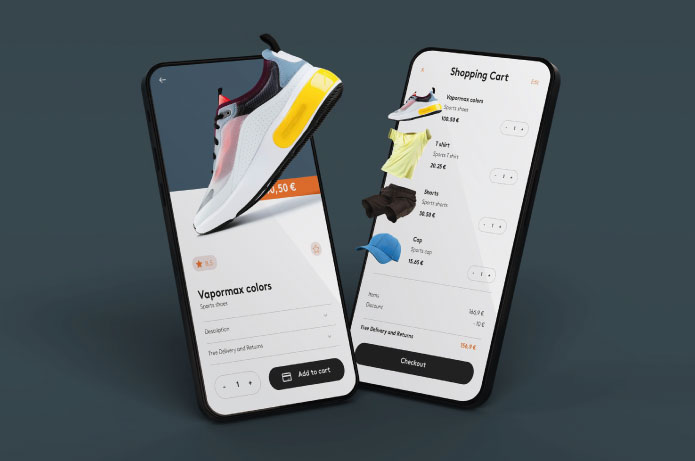In recent years, e-commerce has ceased to be merely a convenient alternative for busy consumers and has established itself as one of the main drivers of the global economy. In Brazil, the numbers are impressive. In 2023 alone, e-commerce generated R$ 349 billion, and projections indicate it will reach R$ 557 billion by 2027 (E-Marketer, 2024). But what sustains this vertiginous growth? It's not just the transition of consumption to digital: it's a silent revolution shaped by data, automation, and artificial intelligence.
This phenomenon can be observed on two main fronts. On the one hand, there is the transformation of consumer behavior, which increasingly opts for the convenience of online shopping. On the other hand, companies are rethinking how they operate, adopting technologies that not only optimize processes but also create more personalized and efficient shopping experiences. An example is the expansion of m-commerce, commerce via mobile devices, which is expected to grow by 70% in the next four years (Exame, 2022), consolidating itself as the fundamental pillar of Brazilian e-commerce.
Behind these changes, data plays a prominent role. Today, every click, search, or abandoned shopping cart reveals valuable information about the consumer. Companies that can capture and interpret this data are better prepared to anticipate demands, predict trends, and offer products at the right time. A McKinsey study revealed that data-driven businesses are up to 23 times more likely to attract new customers and 19 times more likely to be profitable.
But it's not just data collection that's changing the game; it's what's done with that data. Artificial intelligence and automation tools, for example, allow companies to transform this information into concrete actions. Imagine an advertising campaign that adapts in real time based on consumer behavior, or chatbots that offer such natural customer service that the client doesn't even realize they're talking to a machine. More than just trends, these solutions are already a reality for many companies, which report significant increases in efficiency and customer satisfaction.
And what about immersive commerce? The combination of augmented and virtual reality is beginning to bring consumers inside stores – albeit virtually. With devices like the Apple Vision Pro and similar ones, the shopping experience is becoming more sensory, allowing customers to "try on" products before buying them. This level of interactivity promises to revolutionize e-commerce in the coming years.
Despite so many advances, there is no room for complacency. The adoption of technologies, while essential, requires planning. Companies that invest in data and automation are not just optimizing their operations: they are shaping the future of the market. And this future is not optional. According to Deloitte, automation can reduce costs by up to 30%, while a Salesforce study points to a 12% increase in customer satisfaction among those who interact with automated processes.
At the same time, it's necessary to view the consumer as a central piece of this transformation. They are not only the recipient of innovations, but also the agent that drives them. Their demands for convenience, efficiency, and personalization continue to redefine the limits of what e-commerce can offer.
Ultimately, the e-commerce of the future is already under construction. Technology is opening new doors, but it is how companies use these tools that will determine who will lead this lightning-fast market. For retailers and brands, the message is clear: the time to act is now, before the future passes them by.


